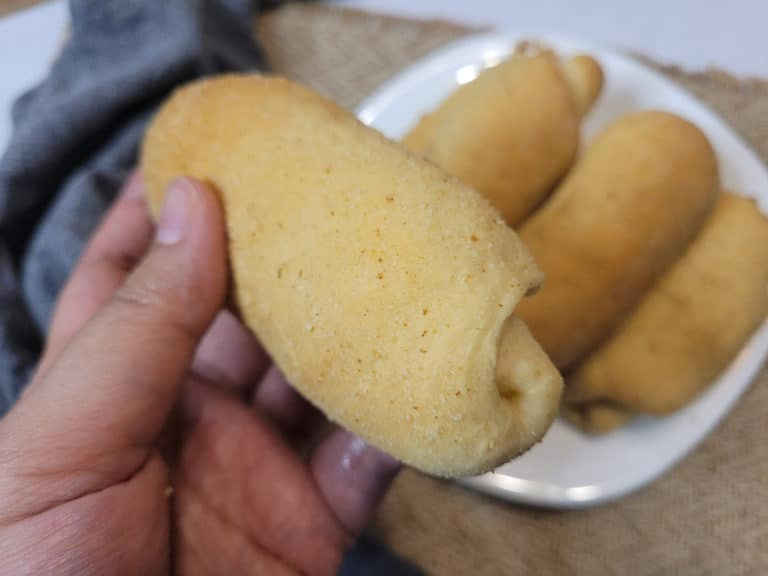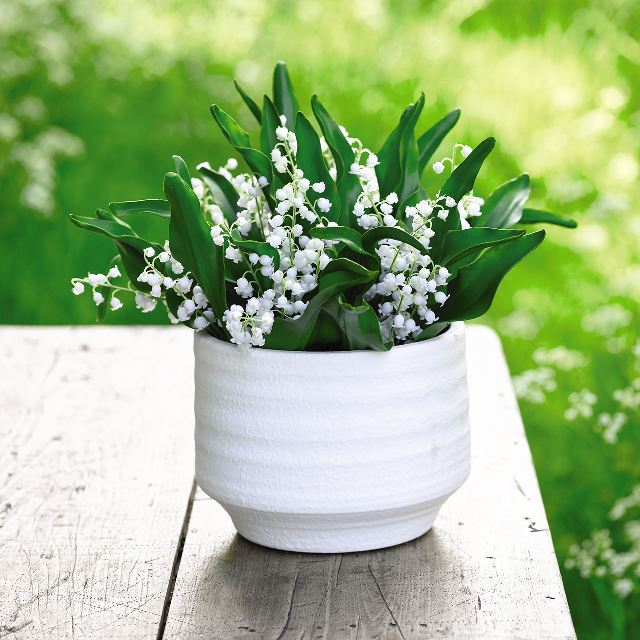Filipino Spanish Bread: A Delightful Mismatch
It’s quite amusing that these soft, buttery rolls filled with sweet brown sugar are known as Spanish bread (or Senorita bread), even though they are a distinctly Filipino creation. The Spanish colonial period in the Philippines left a significant cultural impact, which is evident in the many Spanish loanwords found in Tagalog, the national language. Perhaps, a Filipino baker simply decided to name these delightful rolls “Spanish bread” for lack of a better term at the time!
While the origins of this name might hold more depth, what remains clear is that Filipino Spanish bread is an underappreciated delight. Resembling a slim cinnamon roll, these treats are filled with a rich, creamy mixture that makes them perfect for a snack or a quick breakfast.
Growing up in the Philippines, I remember vividly how the adults in my life enjoyed these rolls. A warm Spanish bread dipped into a steaming mug of instant coffee was a familiar sight every morning, a ritual that is one of my fondest childhood memories.
Exploring Filipino Baked Goods
This article kicks off a series on Filipino baked goods and pastries, aiming to highlight the rich diversity of Filipino cuisine. While the Philippines is often considered an exotic locale, its culinary traditions, especially in bread and pastries, reveal a deep European influence, particularly from Spain and Portugal.
Do Filipinos Enjoy Bread?
Though rice is the staple for most meals, Filipinos have a deep affection for bread, especially during merienda, the traditional snack time. Numerous panaderias (bakeries) dot the country, showcasing an array of bread varieties that are enjoyed as snacks or desserts, but seldom as main meals. This is why you won’t find me preparing sandwiches for lunch; bread-based dishes were always seen as snacks in my household.
Bakeries in the Philippines
When you visit the Philippines, make sure to explore the local bakeries. Each region has its own specialty, like pandesal, ensaymada, and yema tarts. For instance, my hometown, Los Baños in Laguna, is famed for its delicious buko (young coconut) pie. Don’t miss out on the diverse and delectable baked goods the country has to offer!
What Is Senorita Bread or Spanish Bread?
To clear up any confusion, Spanish bread is not actually Spanish. This Filipino delicacy is a product of local ingredients and culinary techniques inherited from Spanish colonizers. Some regions may refer to it as Senorita bread, but I’ve always known it as Spanish bread. I’m curious to know which parts of the Philippines prefer the name Senorita bread if you have insights, do share!
Spanish bread is similar to another beloved bread called pandesal, but instead of the usual round shape, it’s flattened, filled with a sweet blend of brown sugar, butter, condensed milk, flour, and breadcrumbs, and rolled up like a narrow cinnamon roll. A final touch of breadcrumbs on top completes this tasty treat.
Making Filipino Spanish Bread
Ingredients and Preparation
The ingredients for Filipino Spanish bread are straightforward and easy to source. However, the process does take some time due to the necessary dough rising periods. You’ll need to let the dough rise twice: once after mixing the ingredients, and again before baking the rolls.
Setting Up the Yeast
Begin by warming milk, adding sugar, and then yeast to a bowl. Let it sit for about ten minutes to activate. If you’re using instant yeast, you can skip this step and mix all the ingredients together right away.
In a separate bowl, combine flour, salt, and sugar. Once the yeast is ready, whisk in an egg yolk and melted butter, then add this to the dry ingredients. Mix until you get a rough dough. Turn it out onto a surface and knead for about ten minutes, or until smooth. A dough hook can reduce kneading time by half.
Let the dough rise in a bowl for about an hour, or until it doubles in size.
Preparing the Filling
For the filling, blend softened butter, brown sugar, breadcrumbs, flour, and condensed milk until you get a thick, creamy mixture.
Assembling the Bread
Prepare your workspace by setting out the dough, breadcrumbs, and filling, along with a lined baking sheet. Divide the risen dough into sixteen pieces and shape each into a ball, keeping the unused pieces covered.
Flatten each ball into a triangle and place some filling in the center. To avoid leaks, leave a small margin between the filling and the edges. Roll the dough from one end, seal the edge by pinching, and coat the roll with breadcrumbs. Place the rolls seam-side down on the baking sheet and let them rise for another thirty minutes.
Baking Spanish Bread
Keep a close eye on the bread as it bakes to prevent burning. Bake at 150°C (300°F) for 15 to 18 minutes. My batch was ready in 15 minutes, but oven times can vary.
Storing Unbaked Rolls
You can prepare Spanish bread in advance by freezing the rolls after the first rise. When you’re ready to bake, thaw the rolls, allow them to rise again, and then bake as usual. They’ll taste as fresh as if they were made that day. Enjoy these rolls with a cup of coffee for a quick and delightful breakfast!
This marks the beginning of my journey into the delicious world of Filipino baked goods. I hope you enjoy this recipe for Spanish bread, and I look forward to sharing more Filipino culinary delights with you!




